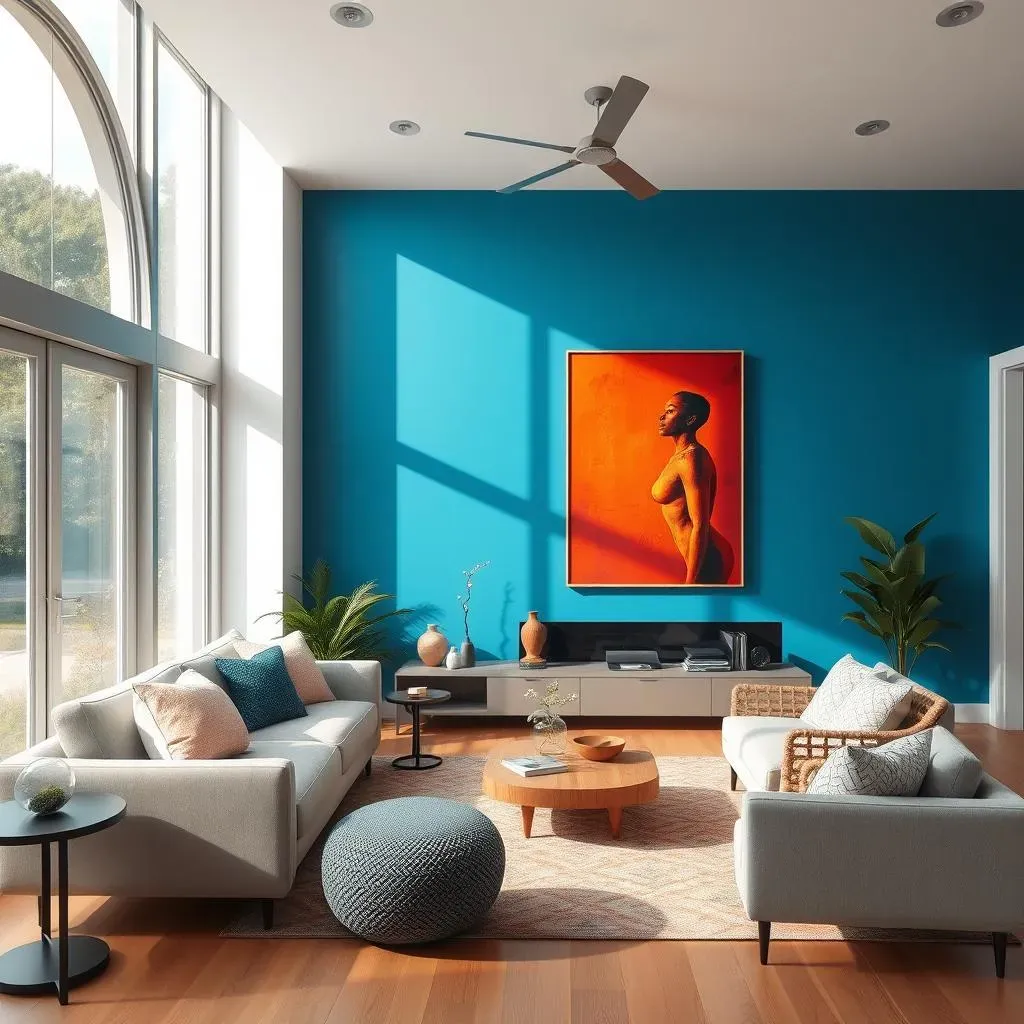Table of Contents
Ever stared at a room and felt like it was missing that certain *something*? That pop? That *oomph*? Chances are, a carefully considered accent wall could be the answer. But the big question is: what wall to paint accent color? It's not as simple as grabbing a can of paint and going wild. Choosing the right wall and the right color can dramatically transform a space, adding depth, highlighting architectural features, or even creating a focal point where none existed before. This guide will walk you through the process of selecting the perfect wall for your accent color, diving into styling tips, and laying down some essential design rules. We'll also explore alternatives for those who aren't quite ready to commit to a full paint job. So, buckle up, grab your color swatches, and let's turn your blah space into a *bam* space!
Choosing What Wall to Paint as an Accent
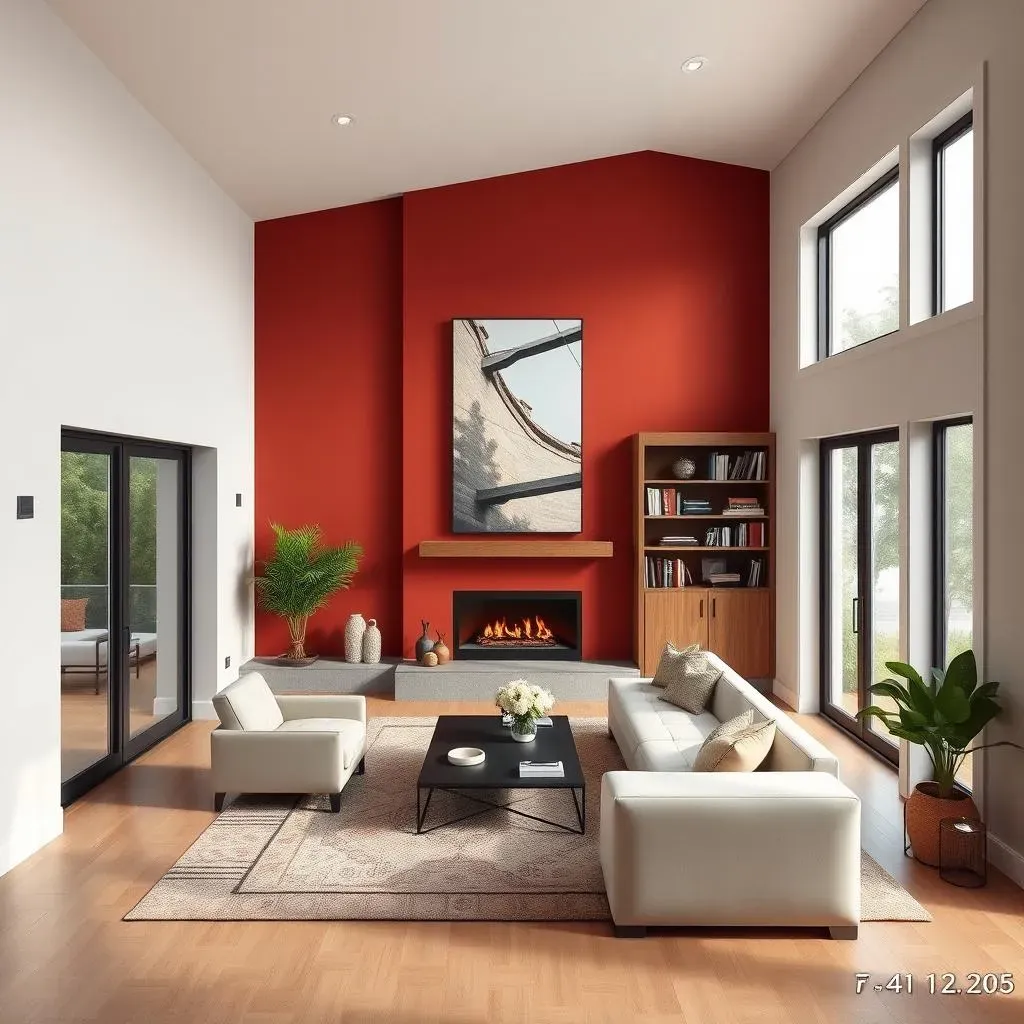
Choosing What Wall to Paint as an Accent
Consider the Focal Point
Alright, so you're itching to add an accent wall, awesome! First things first, scope out the room. What's the natural focal point? Is it a fireplace, a large window with a killer view, or maybe a built-in bookshelf? The wall that already draws the eye is usually a prime candidate for accent wall status.
Think of it like this: you're amplifying what's already working. Slapping a bold color on a random wall that nobody looks at is like shouting into the void. But highlighting a beautiful fireplace with a deep, rich hue? Now you're talking! It creates a cohesive and intentional design.
Assess Architectural Features
Beyond focal points, take a hard look at the architectural features of the room. Got a wall with interesting texture, like exposed brick or shiplap? Boom, instant accent wall potential. Walls with unique shapes or alcoves are also great contenders. These features already have visual interest, so a pop of color or a different material will only enhance them.
On the flip side, avoid accenting walls that are broken up by lots of doors or windows. Too much interruption can make the accent wall feel choppy and disjointed. You want a solid, uninterrupted surface to really showcase the color or texture you choose.
Styling Tips: Accent Color Ideas for Your Walls
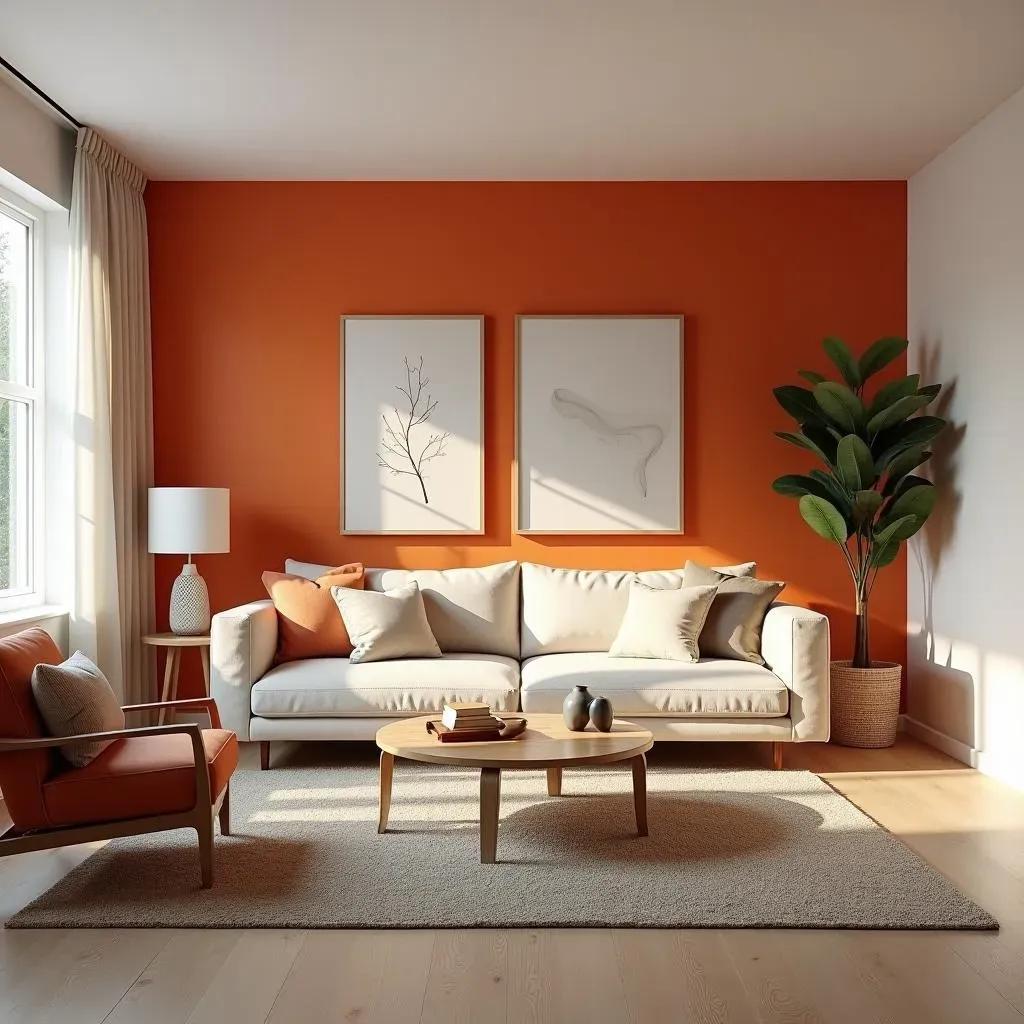
Styling Tips: Accent Color Ideas for Your Walls
so you've picked your wall – now for the fun part: color! But with a million shades to choose from, where do you even start? First off, think about the mood you want to create. Are you going for cozy and intimate, or bright and energizing? Darker colors like navy or charcoal can make a room feel more intimate, while brighter hues like teal or even a sunny yellow can inject energy and fun. Consider also the existing colors in your room. You want the accent wall to complement, not clash. Pull colors from your furniture, rugs, or artwork to create a cohesive palette.
Rules to Design an Accent Wall with Color
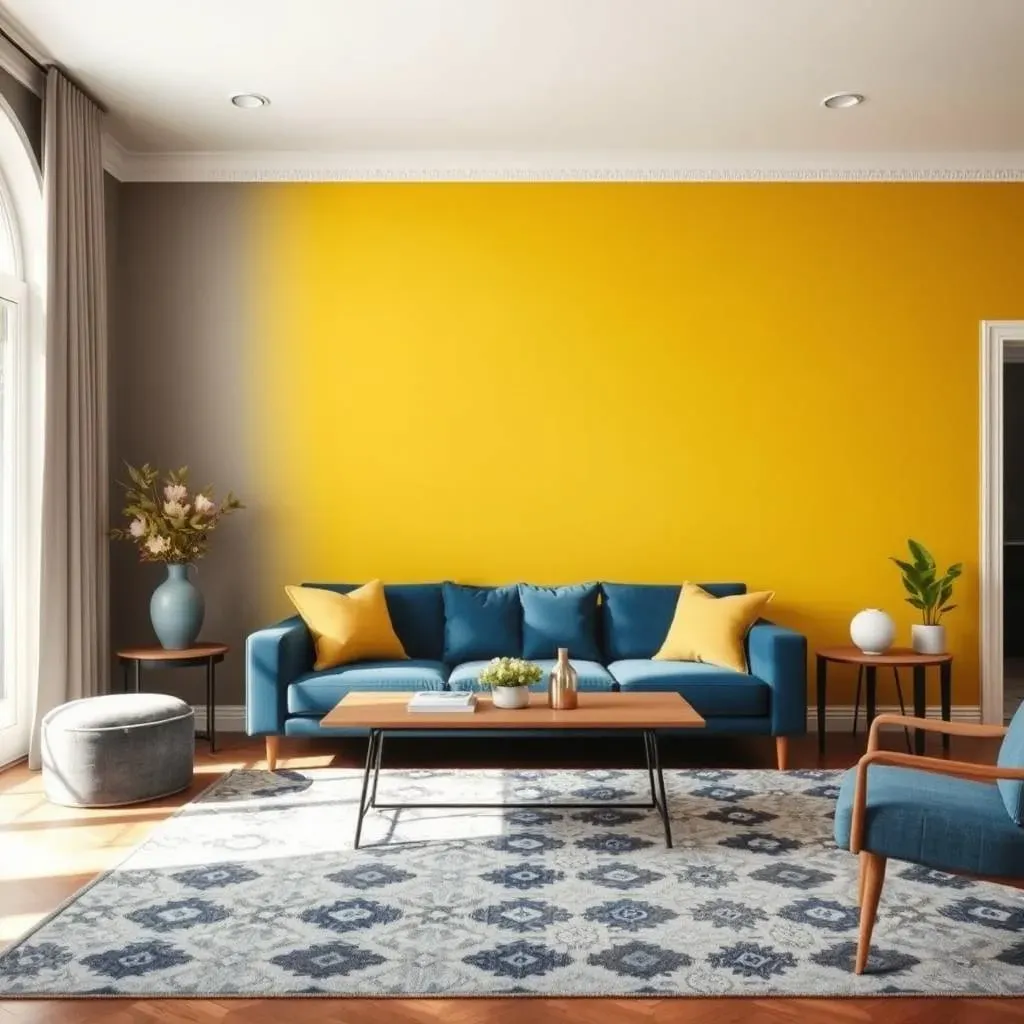
Rules to Design an Accent Wall with Color
The 60-30-10 Rule: Your New Best Friend
let's talk ratios. The 60-30-10 rule is a classic design principle that helps create a balanced and harmonious color palette. In this context, 60% of your room should be the dominant color (think walls, large furniture pieces), 30% should be a secondary color (rugs, curtains, smaller furniture), and 10% should be your accent color (pillows, artwork, and yes, your accent wall!).
Sticking to this ratio prevents your accent wall from overpowering the space. It ensures that it complements the existing decor rather than competing with it. Imagine a living room with neutral gray walls (60%), a blue sofa and patterned rug (30%), and a vibrant yellow accent wall (10%). See how it all works together? Beautiful!
Balance is Key: Don't Let Your Accent Wall Go Rogue
Here's the deal: an accent wall shouldn't feel like it's been randomly plunked down into a room. It needs to connect with the overall design. Consider the color temperature. If your room is filled with warm tones, a cool-toned accent wall might feel out of place. Similarly, if your room is very minimalist, a super-bold, patterned accent wall could be overwhelming.
Think about visual weight, too. A dark accent wall will visually "weigh down" that side of the room. Balance it out by placing darker furniture or artwork on the opposite side. The goal is to create a sense of equilibrium, so the eye moves comfortably around the space.
Alternatives to Painting an Accent Wall a Different Color
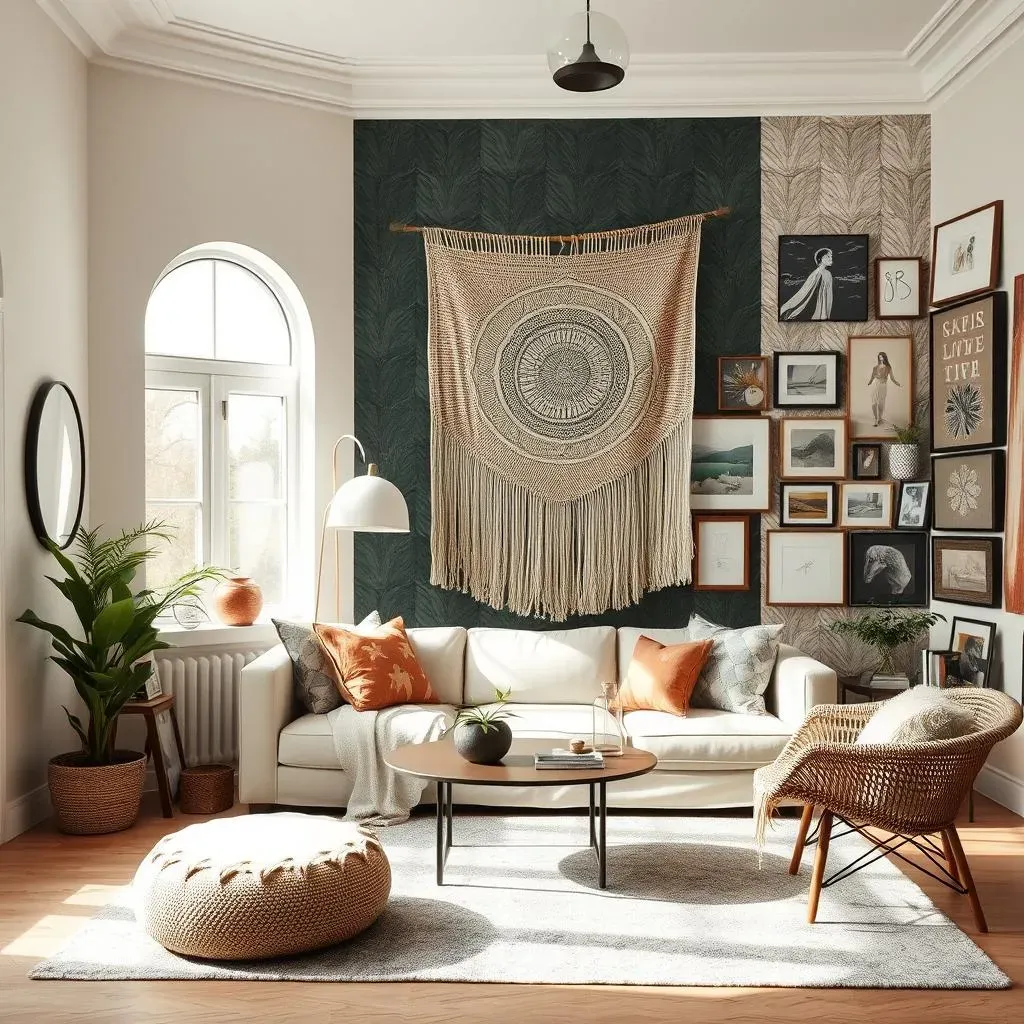
Alternatives to Painting an Accent Wall a Different Color
so maybe you're not sold on the whole painting thing. No sweat! There are tons of creative alternatives to painting an accent wall a different color that can add just as much personality and visual interest. Think beyond paint! We're talking textures, patterns, and materials that can transform your space without ever picking up a brush.
One super popular option is wallpaper. But not your grandma's wallpaper! We're talking bold, modern prints, textured grasscloth, or even peel-and-stick options that are renter-friendly. Another idea? Create a gallery wall with a curated collection of artwork, photos, or even interesting objects. This adds a personal touch and allows you to switch things up whenever you feel like it. Or what about a large tapestry or wall hanging? These can add a bohemian vibe and introduce texture and pattern in a unique way.
Alternative | Pros | Cons |
|---|---|---|
Wallpaper | Wide variety of patterns, textures, and colors; can be easily removed (peel-and-stick) | Can be expensive; some types are difficult to install |
Gallery Wall | Personalized; easy to change; can incorporate various art styles | Requires careful planning and arrangement; can look cluttered if not done well |
Tapestry/Wall Hanging | Adds texture and warmth; unique and eye-catching; can be easily moved | May not suit all design styles; can be difficult to clean |
Wrapping Up Your Accent Wall Adventure
Choosing what wall to paint accent color is a design decision that packs a serious punch. It's about more than just aesthetics; it's about shaping the feel of a room and highlighting its best features. Whether you go bold with a vibrant hue, subtle with a textured finish, or opt for a creative alternative, remember that the goal is to create a space that reflects your personality and style. With a little planning and a dash of courage, your accent wall can be the design element that truly makes your room sing.
